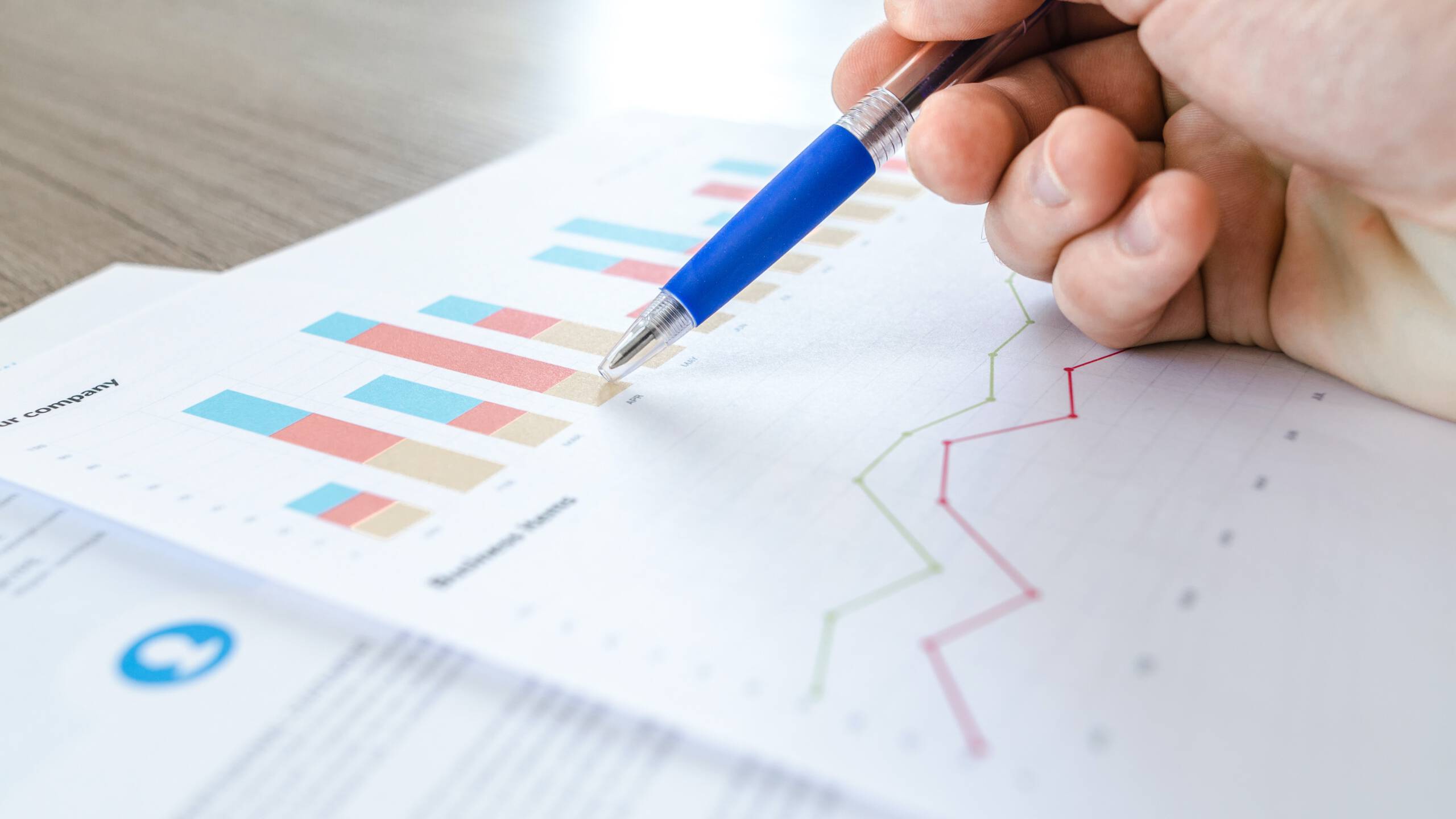As businesses went into overdrive to support the world during the pandemic, the focus on “data” became more vital than ever before. Over the last two decades, technology buzzwords have been the name of the game, with each buzzword enjoying its glory days. Some were enjoying it more than others.
Tech giants started offering services in data analytics, business intelligence, machine learning, and artificial intelligence. The proliferation of these services spurred companies to look for use cases within their fold.
Increase in data generation and storage
Data generation and storage has increased by leaps and bounds as the world became more connected. Rapid digitization and the ever-increasing hunger for data by marketing, sales, and customer experience teams led to a deluge of data. While brands wished to harness the potential of this data for decision making, traditional BI tools could hardly handle data at this scale. This challenge led them towards machine learning and artificial intelligence, which seemed like a natural fit. Over the years, the rule engine led analytics has given way to genuine machine learning and artificial intelligence solutions – separating the professionals from the amateurs!
As data availability increased, so did its need within enterprises. Simple reporting tools to understand how a particular market behaved in the past, wasn’t sufficient anymore. The demand was to know the future and not merely understand the past.
Enter prescriptive analytics
Multiple variables, which can be measured and analyzed, are combined to present the “likely” outcomes that aid decision-makers. With predictive analytics becoming mainstream – industries and systems moved on to something bigger and better – prescriptive analytics.
Prescriptive analytics uses machine learning to help businesses decide a course of action and gives a probable outcome for each available course of action. While traditional fields such as production are easier to handle, the dynamic and rapidly changing Retail world, e-commerce, and apparel require a whole gamut of knowledge. Yet, systems will not replace the human element but help guide human control towards better decisions.
How does the system learn?
The most crucial aspect for any system to predict and prescribe is self-learning. Systems that learn well are better suited to prescribe well. Every parameter, decision, and action aid in forming multiple linkages that the system can understand. These linkages catapult the system to perform better.
However, with so many parameters going in the system and recording outputs, human intervention matters the most. Imagine not classifying 2020 as a pandemic. The system would merely panic the next time there is a drop in sales or would prompt the user to increase production manifolds of essential goods in the years to follow based on one experience.
The system needs to understand if the outcome was indeed favorable, or it could have been better. Likewise, if it was terrible and could have been worse.
An email service provider classifying emails as regular, promotional, and spam is one such example. The system quickly learns if you move a spam email to the regular tab. The next time, it starts reflecting under the Regular tab!
While the systems have developed rapidly, they were always immune from the pandemic – with the last one being a century ago. Self-learning systems have made their presence from industries to personal finance. Stock market analysts have relied on software to read charts and predict the next moves.
Adding context to data
This is precisely where the pandemic comes into the picture. The systems have never known the world coming to a sudden halt, the economy going into an abrupt tailspin, and consumption spiking instead of a gradual increase.
With the last few years being incrementally better for the world economy, the self-learning systems would naturally predict expansion. Instead, the world came to a crashing halt. The use of data was to predict what would happen next and prescribe the user how to react and handle such a situation. However, the systems had never seen a doomsday scenario. Nor had the systems seen an abrupt disruption to almost everything – from supply chains to demand and consumption.
The self-learning algorithms have now come a full circle – equipped to handle varied situations, including sudden variations. While the world moved to the “new normal,” it was for the first time that machine learning got a real-life jolt!
The need for human intelligence
However, as with all the data, the human intelligence angle is much needed. Lest the systems start showing hyper demand for toilet paper rolls the next time there is a disruption – with or without a pandemic! While systems can predict and prescribe how to act the next time the world faces a similar situation, it may not just yet predict the next pandemic!
This lack of prediction increases the role of product management multi-fold. One cannot rely on last year’s data to think about what is right for this year. Parameters have changed, and product managers have had to pivot their way out of the situation and think towards broader issues that affect the product. These issues include how it can scale to the new normal or how certain features can accommodate an ever changing world.
2020 and beyond
What looked like a forced stopgap solution in March 2020 is here to stay beyond the pandemic as we reach the end of the year. What will further help products better prescriptive analysis is the scalable nature of the infrastructure needed to perform complex calculations. Cloud computing – an area that has matured and become affordable in the last few years – can help achieve this.














